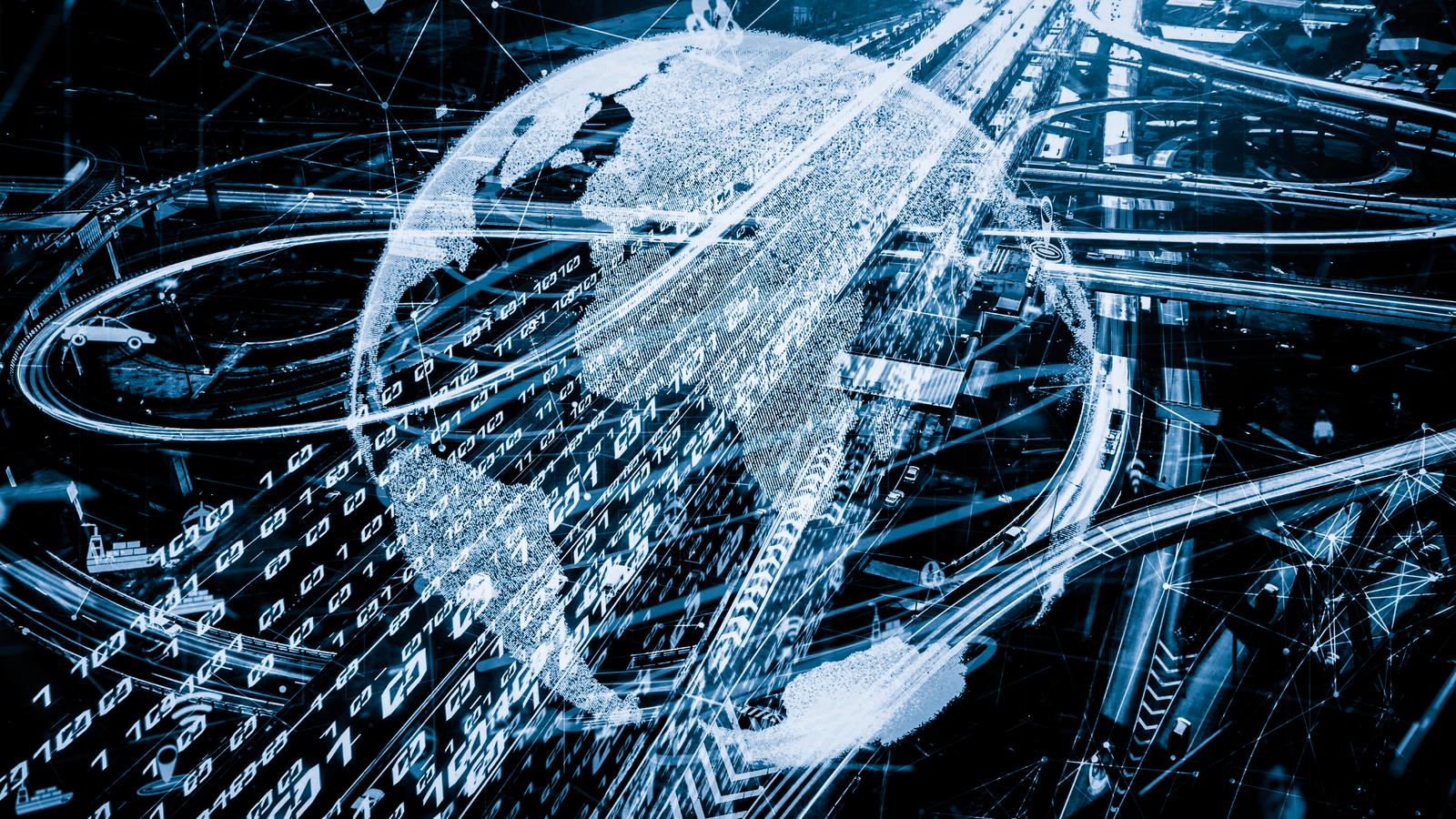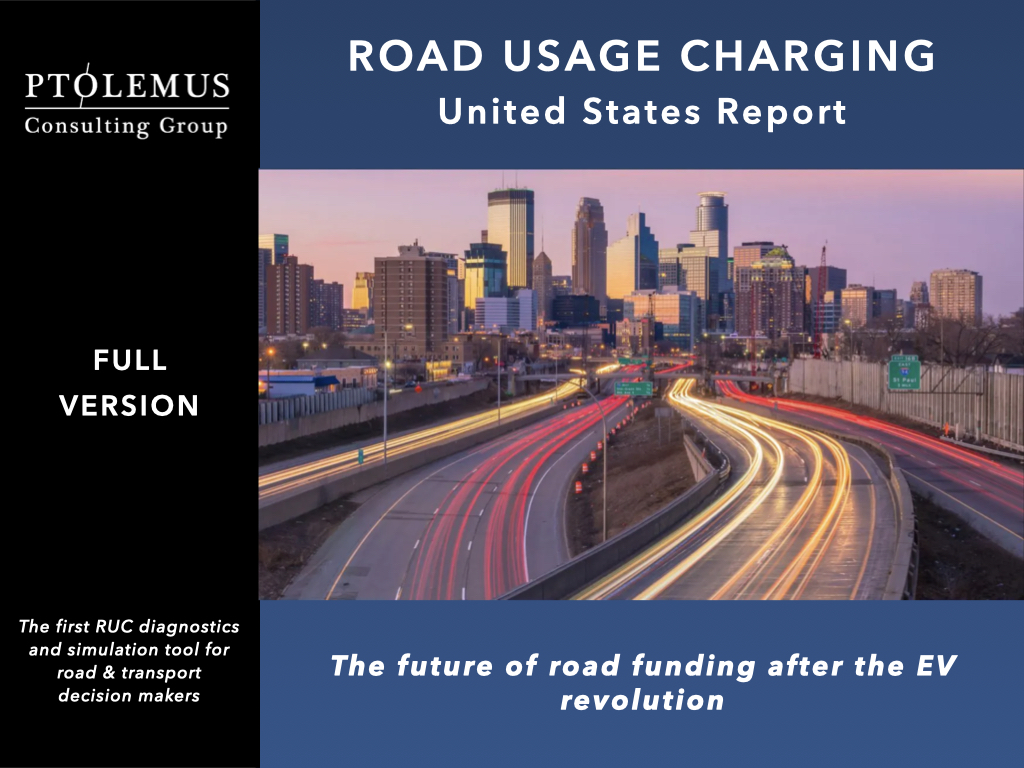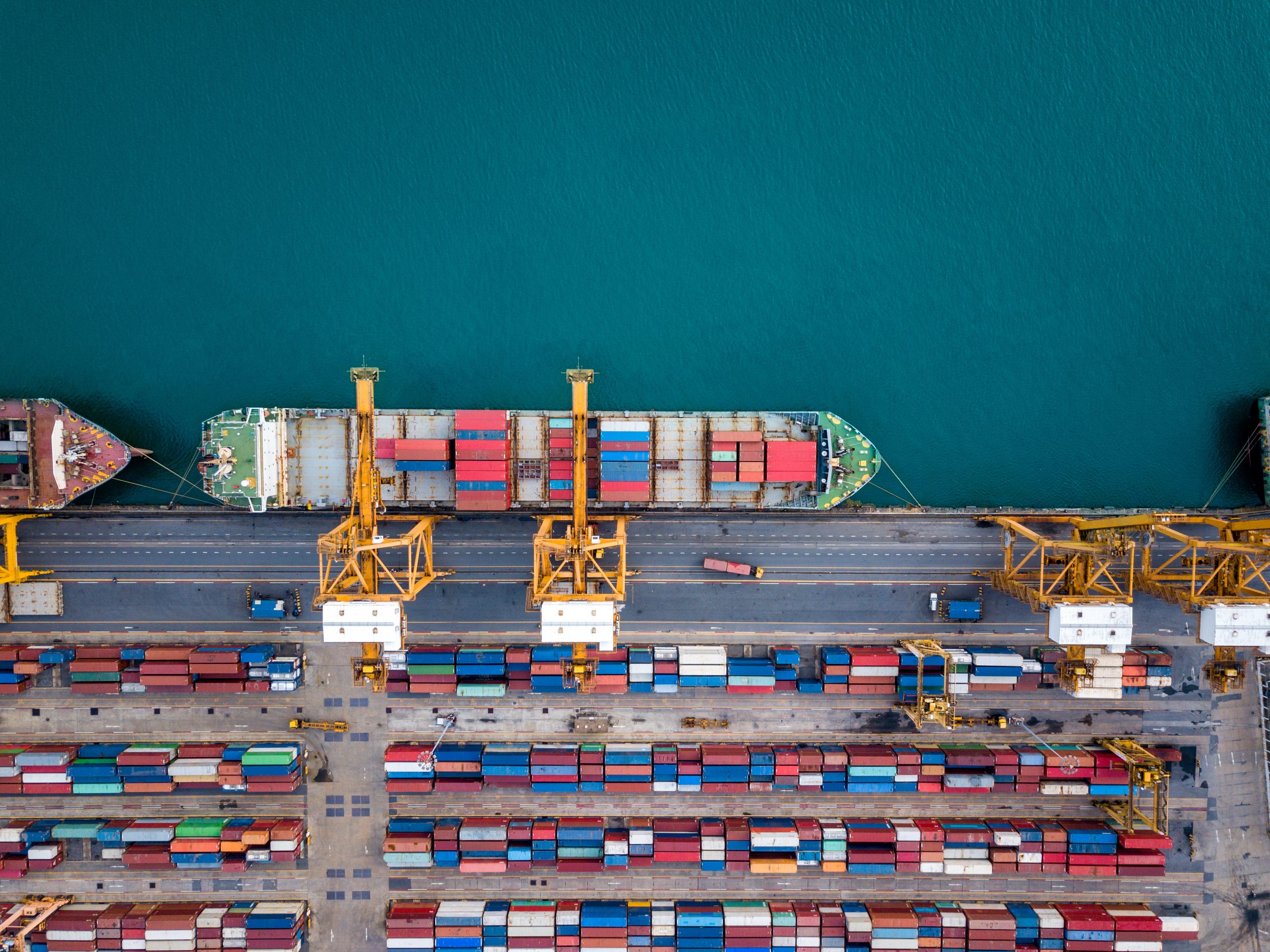What is ITS?

What is ITS? ITS, Intelligent Transport Systems, is a broad term encompassing technologies developed to manage vehicles transportation within public areas. It is a matter of fact that literature has not provided neither a unanimous nor homogeneous definition of what ITS really is, leaving some areas of unclarity.
One of the most stringent issues that professionals find with ITS definitions lies in the point of view used for the definition itself, some focusing on traffic management from the road authority perspective, while some others starting from the vehicle or from the fleet. In addition, some definitions encapsulate public transportation, to the point including public bus travel time information services targeting travellers.
With that said, here is how PTOLEMUS defines ITS. We consider ITS as the technical ecosystem that manages vehicles’ transportation and movement in public areas. These systems typically involve the use of sensors, cameras, and other advanced technologies to monitor and control traffic flow, as well as to provide real-time information to drivers and other users of the transportation system.
One of the key goals of ITS is to reduce congestion and improve traffic flow. This can be achieved through a variety of methods, including the use of traffic sensors to monitor the flow of vehicles and adjust traffic signals accordingly, or the use of dynamic pricing to encourage drivers to use alternative routes or modes of transportation during peak times.
Another important aspect of ITS is safety. These systems can help to prevent accidents by providing real-time information to drivers about road conditions and potential hazards, such as construction zones or accidents. They can also be used to monitor the behaviour of drivers, such as speed and lane departure, and provide feedback to help them improve their driving habits.
In addition to improving traffic flow and safety, ITS can also help to reduce emissions and improve air quality. By providing drivers with real-time information about traffic conditions, ITS can help them to avoid congested routes and choose alternative routes that are less polluting. This can help to reduce overall emissions from transportation and improve air quality in urban areas.
There are many different technologies that are used in ITS, including sensors, cameras, and advanced algorithms that analyse data to provide useful information to drivers and transportation authorities. Some examples of these technologies include:
- Traffic sensors: These sensors are typically installed on roads or highways, and can be used to monitor the flow of traffic, as well as to detect accidents or other hazards.
- Cameras: Cameras are often used in ITS to provide real-time visual information to drivers and transportation authorities. This can include images of traffic conditions, accidents, or construction zones.
- Advanced algorithms: These algorithms are used to analyse data from sensors and cameras, and provide useful information to drivers and transportation authorities. This can include real-time traffic updates, or recommendations for alternative routes to avoid congestion.

